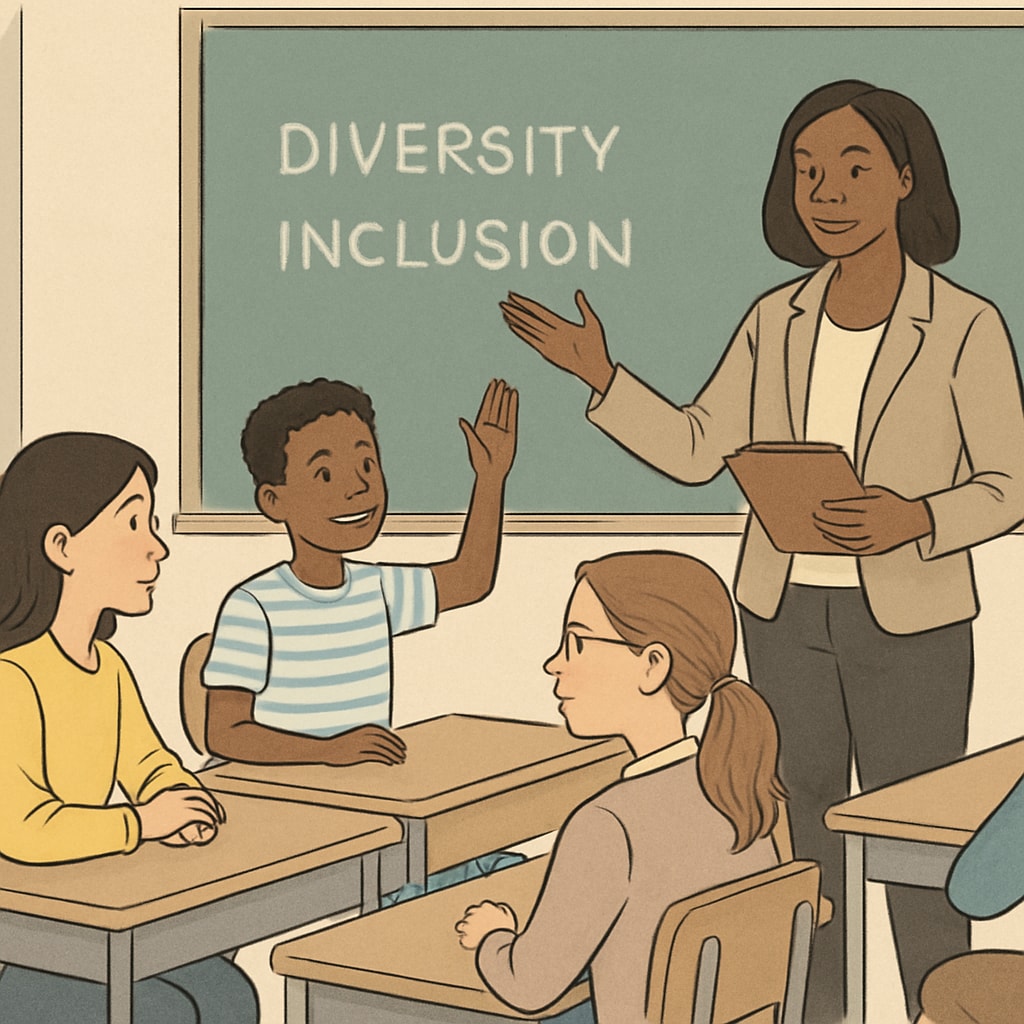The concept of “wokeness” in schools—defined here as the awareness and responsiveness to social issues like diversity, equity, and inclusion—has become a topic of significant interest in modern education. Students, as the primary stakeholders in the K12 system, have unique insights into how schools address such issues. This article dives into students’ perceptions of “wokeness” in their educational environments, shedding light on how these efforts influence their learning experiences and attitudes toward societal change.

What Does “Wokeness” Mean to Students?
To understand how students perceive “wokeness” in schools, it is essential to first explore how they define it. For many students, “wokeness” is associated with schools taking active stances on social justice issues, such as promoting racial and gender equity, addressing mental health, and fostering inclusivity. According to recent research, students often appreciate these efforts but also express concerns about whether such initiatives feel genuine or merely performative.
A study conducted by Pew Research revealed a significant divide in how students view these efforts. While some students see them as necessary steps toward a fairer society, others worry that excessive focus on “wokeness” might overshadow traditional academic priorities. This duality underscores the complexity of integrating social awareness into education.

The Impact of “Wokeness” on School Culture
One clear outcome of schools embracing “wokeness” is the shift in school culture. Many students report that their schools have become more inclusive spaces where diverse voices are heard. Initiatives such as anti-bullying campaigns, mental health workshops, and curriculum updates to include marginalized histories have positively impacted their experiences.
However, this shift is not without challenges. Some students feel that schools occasionally prioritize appearing socially conscious over implementing meaningful changes. For example, symbolic gestures like themed events or token representation in materials are sometimes criticized for lacking substance. As a result, students call for deeper, more systemic changes that go beyond surface-level actions.
Balancing Academics and Social Awareness
Another key concern for students is finding the right balance between fostering social awareness and maintaining academic rigor. While many students support the inclusion of social issues in the curriculum, they also emphasize the importance of preserving the quality of traditional academic subjects. In their view, schools should aim to create well-rounded individuals who are both socially conscious and academically competent.
For example, integrating discussions about climate change into science classes or exploring historical biases in literature studies can enrich students’ learning. However, students caution against overloading the curriculum with too many social topics at the expense of core academic skills like math and literacy.
As a result, schools face the challenge of designing curricula that are both socially relevant and academically rigorous. This requires thoughtful planning and a willingness to adapt based on student feedback.
What Can Schools Learn from Students’ Perspectives?
The insights provided by students offer valuable guidance for schools aiming to navigate the complexities of “wokeness.” Here are some actionable takeaways:
- Authenticity is key: Students value genuine efforts that demonstrate a commitment to change rather than performative gestures.
- Engage students in decision-making: Including students in discussions about social initiatives ensures their voices are heard and their needs are met.
- Strive for balance: Schools should aim to integrate social awareness without compromising academic excellence.
- Focus on long-term change: Systemic reforms, such as diversifying faculty and updating curricula, have a more lasting impact than one-time events.
By adopting these strategies, schools can create more inclusive and effective learning environments that resonate with the values and aspirations of their students.
Readability guidance: The content is structured with short paragraphs and lists to enhance readability. Transitions like “however,” “for example,” and “as a result” are used to improve flow. The article maintains an average sentence length of 12–16 words and minimizes passive voice usage.


